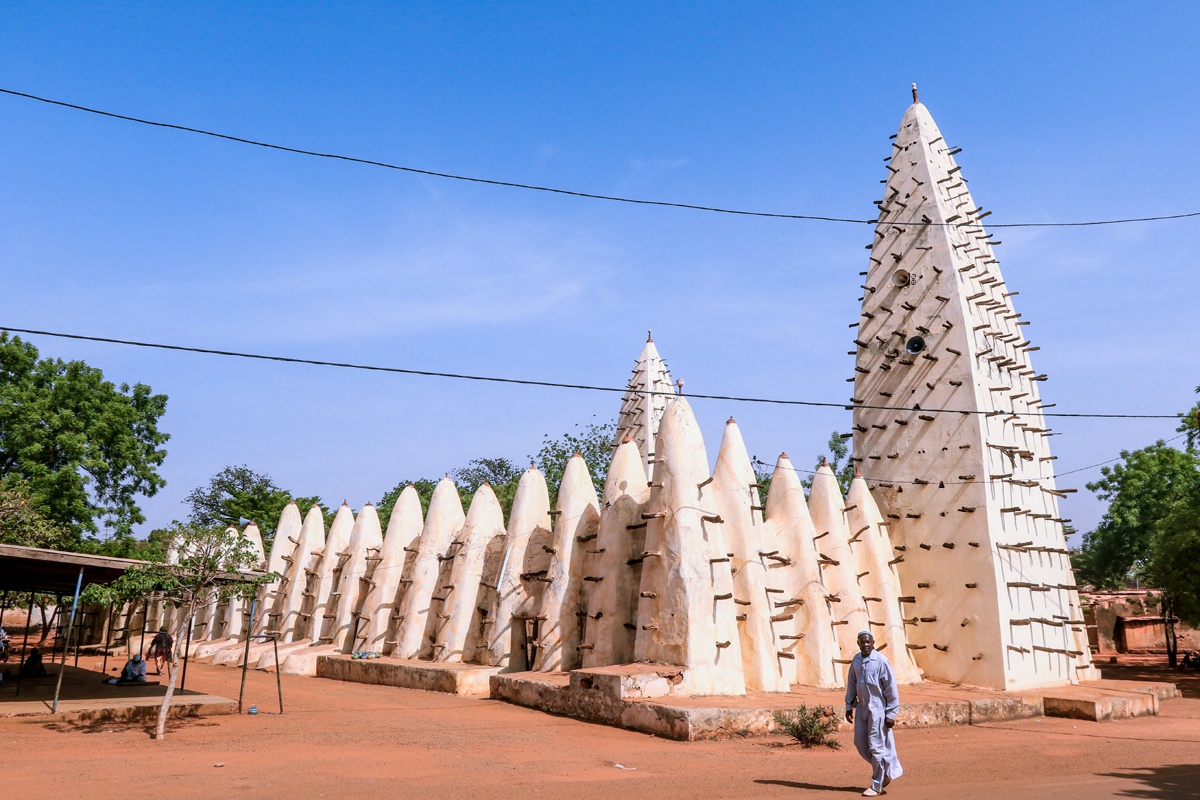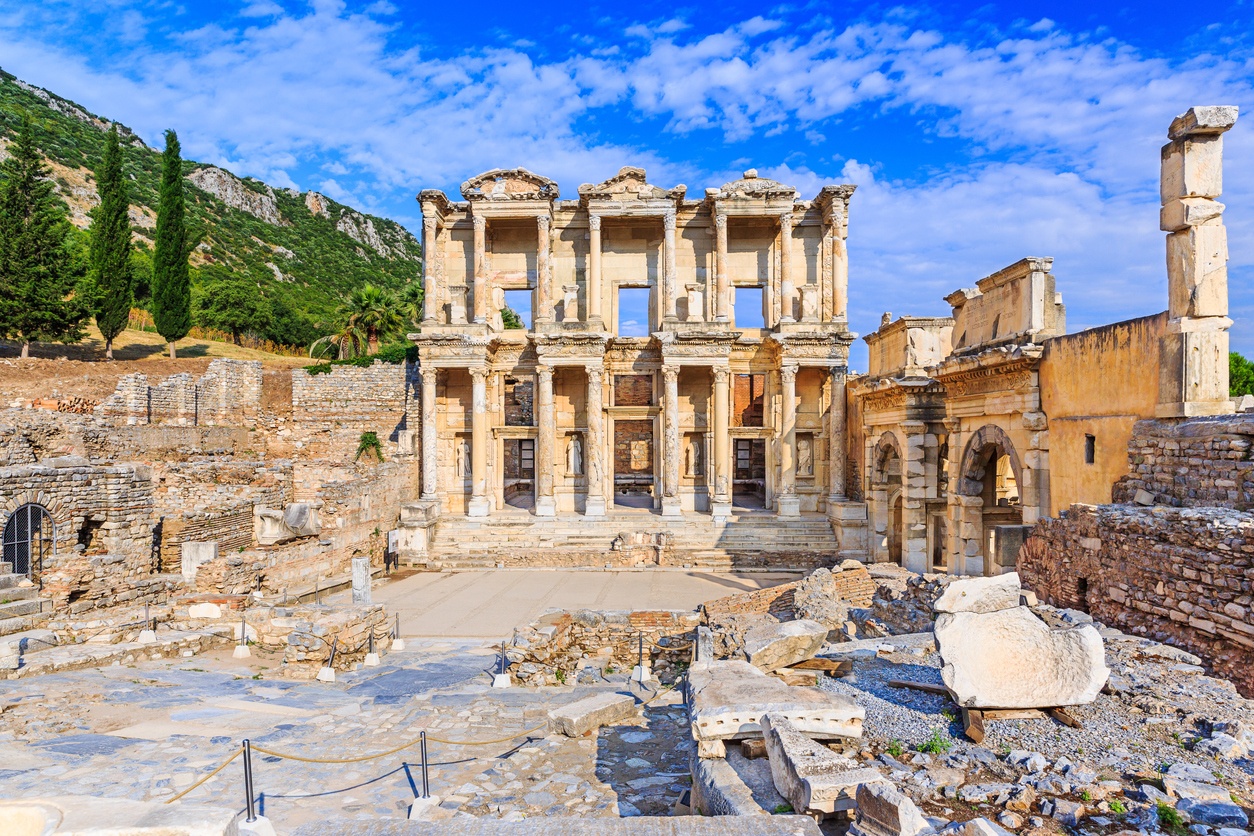
Library of Celsus, Ephesus (Turkey)
The Library of Celsus is an ancient Roman building located in Ephesus, Turkey. Built in the 2nd century AD, it was one of the largest and most luxurious libraries in Ancient Rome. The building features an impressive two-story façade with Corinthian columns and sculptures of Roman gods, and its interior housed more than 12,000 manuscripts. It was built in honor of the Roman senator Tiberius Julius Celsus Polemianus, who financed its construction in memory of his father. The Library of Celsus is considered one of the best-preserved Roman structures in Ephesus, and in 2015 it was named a UNESCO World Heritage Site. Although today only the façade and some elements of the interior remain, it is still an impressive testament to the cultural legacy of Ancient Rome.
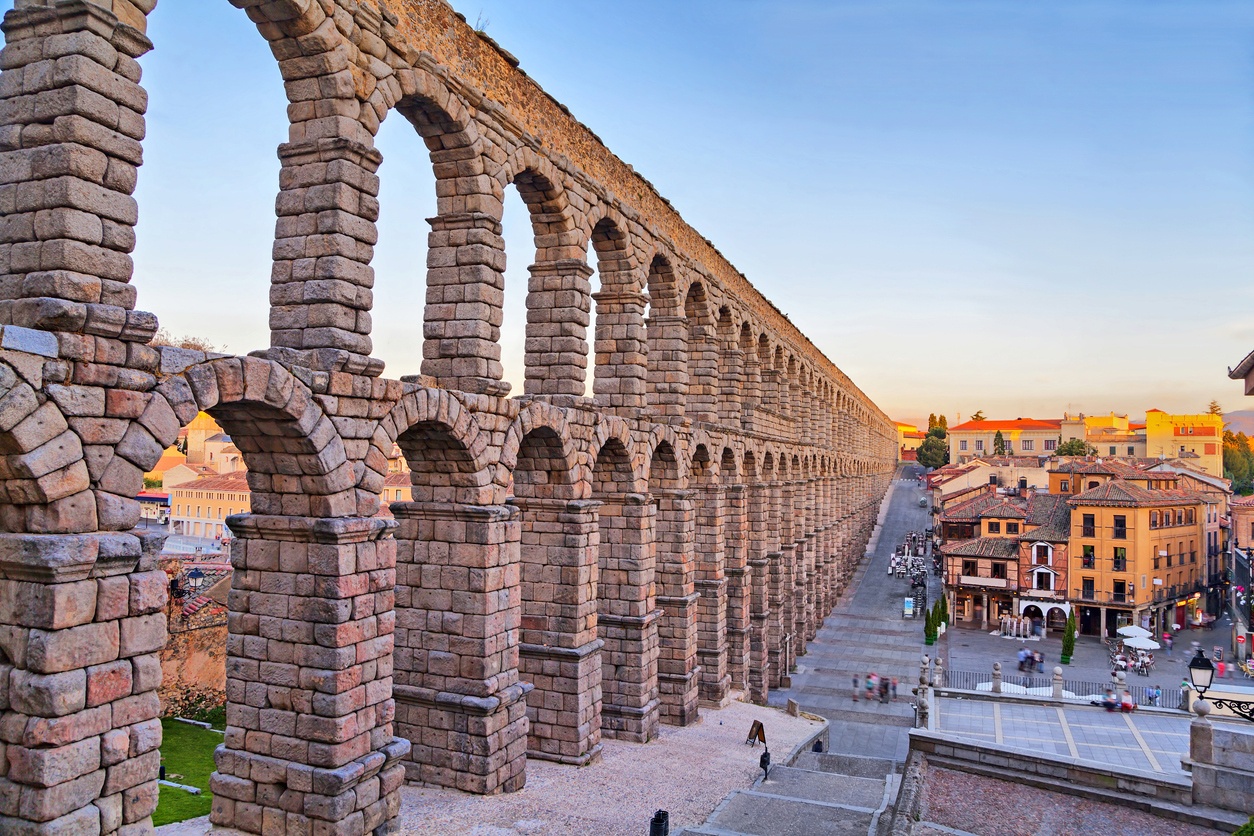
Segovia Aqueduct (Spain)
The Segovia Aqueduct is an impressive Roman engineering work located in the city of Segovia, Spain. It was built in the 1st century AD to supply water to the city from the Sierra de Guadarrama, some 17 kilometers away. The aqueduct structure consists of 166 granite arches that stretch for about 800 meters and reach a maximum height of 28 meters. It is estimated that more than 20,000 granite blocks were used for its construction, without the use of any mortar. Despite having been built more than 2,000 years ago, the Aqueduct of Segovia is still one of the best preserved Roman monuments in Spain. In 1985 it was declared a World Heritage Site by UNESCO.
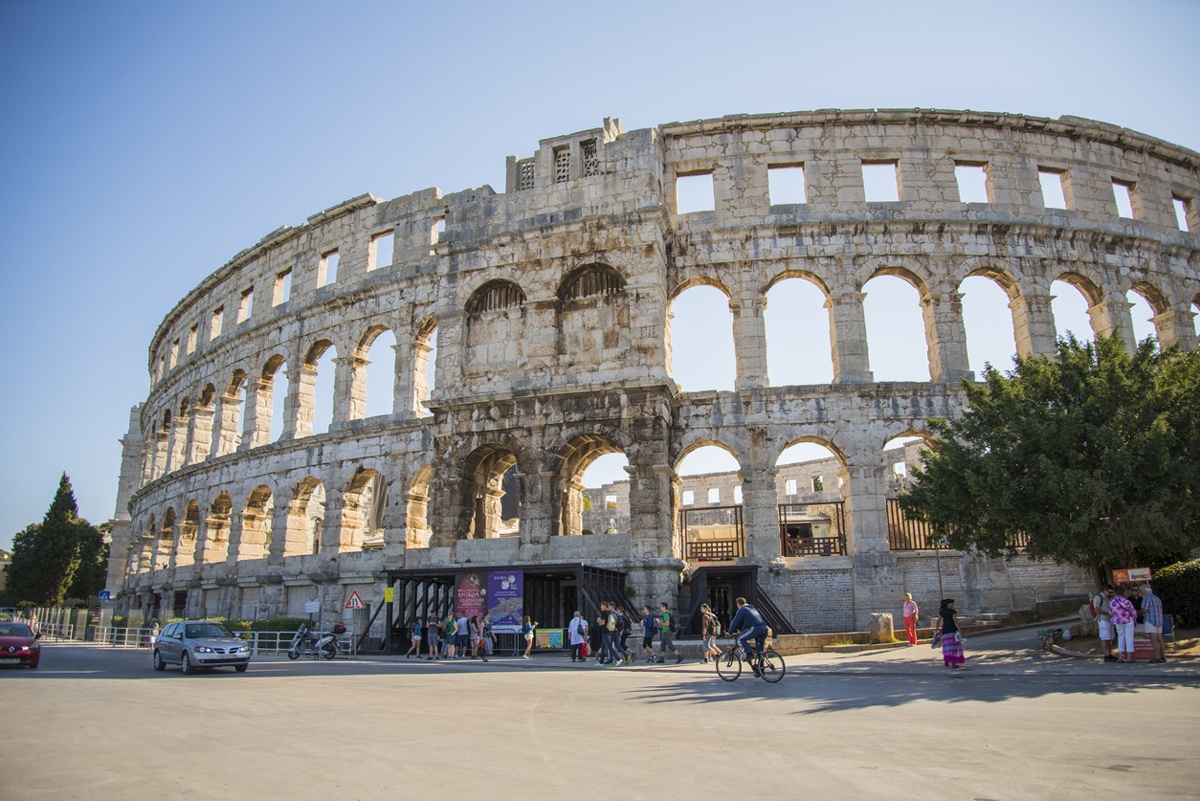
Pula Amphitheater (Croatia)
The Pula Amphitheater is an impressive Roman amphitheater located in the city of Pula, Croatia. It was built in the 1st century AD and is one of the six best preserved Roman amphitheaters in the world. With a capacity of over 20,000 spectators, the Pula Amphitheater is one of the largest and best preserved buildings of the Roman period in Croatia. In addition to its original use as a stage for gladiatorial spectacles and other public events, the amphitheater has been used throughout history as a stone quarry and military fortress. Today, the Pula Amphitheater is a popular tourist attraction and venue for numerous cultural events, including concerts and film festivals. In 2018, it was named one of the best tourist sites in Croatia by TripAdvisor users.
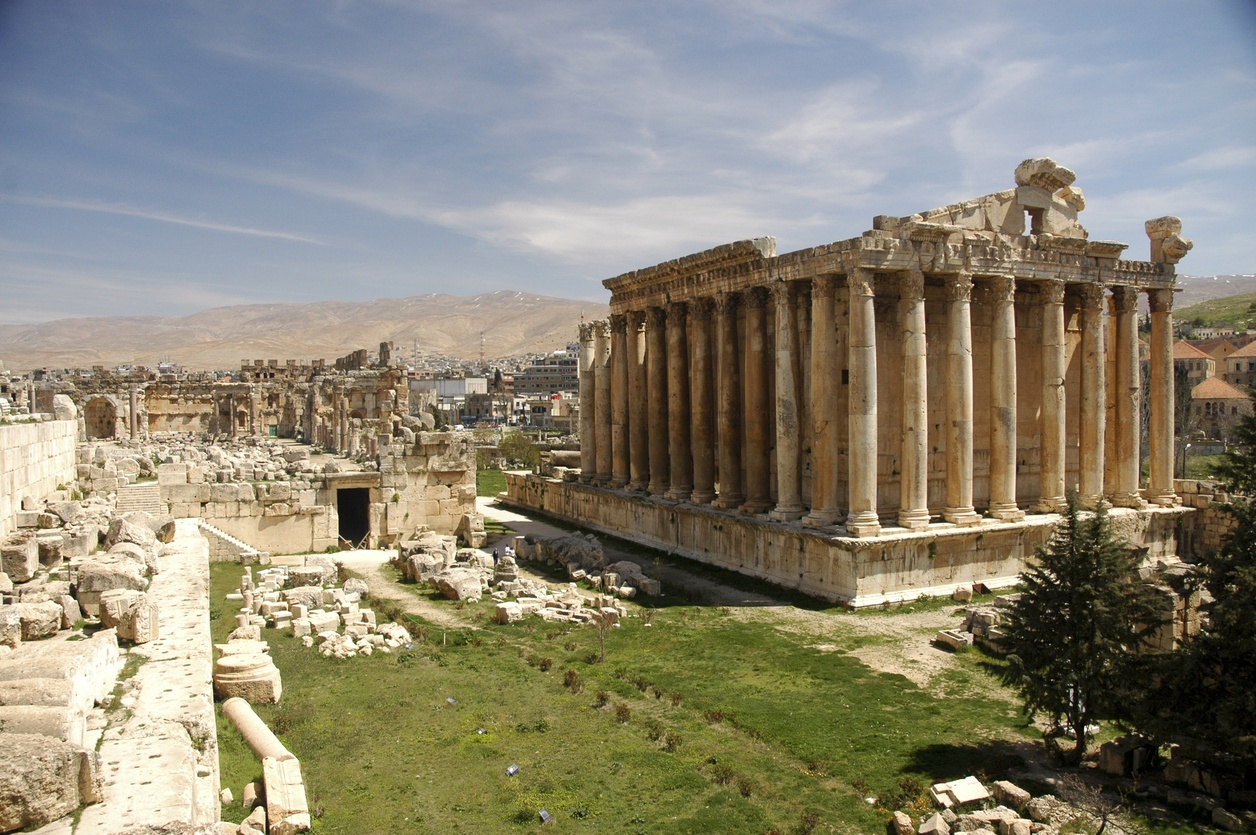
Baalbek (Lebanon)
The Roman ruins of Baalbek, located in Lebanon, are an impressive example of the Roman legacy in the Middle East. The archaeological site features monumental structures such as the Temple of Jupiter and the Temple of Bacchus, both built in the 1st century AD. The Temple of Jupiter is one of the best-preserved Roman temples in the world and features massive Corinthian columns rising more than 20 meters high. For its part, the Temple of Bacchus has impressive reliefs and sculptures, as well as a large number of columns that are still standing. The ruins of Baalbek are considered one of the most important archaeological sites in the world, and in 1984 were declared a World Heritage Site by UNESCO.
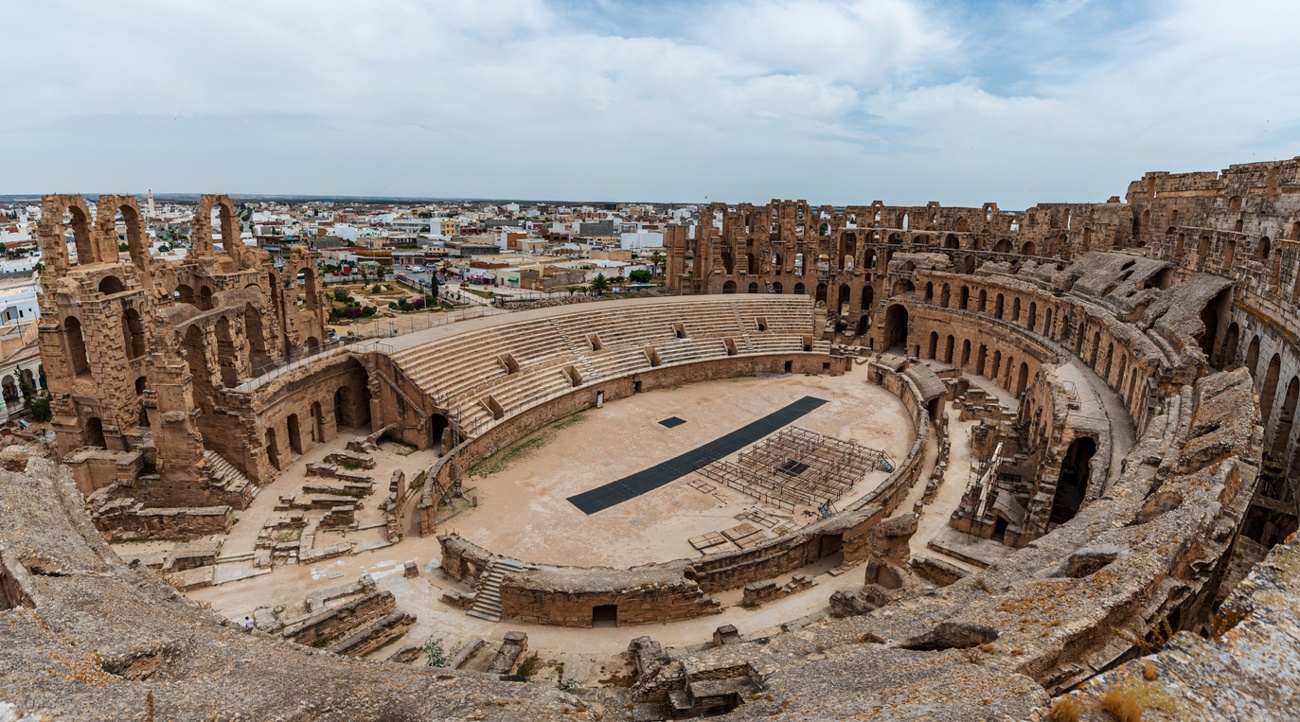
Amphitheater of El Djem (Tunisia))
The Amphitheater of El Djem is a colossal Roman amphitheater located in the city of El Djem, Tunisia. It was built in the third century AD and is the third largest amphitheater in the world, after the Colosseum in Rome and the Amphitheater of Capua. The amphitheater of El Djem has a capacity for more than 30,000 spectators and has been the scene of gladiatorial shows and other public events. Over the centuries, it has been used as a stone quarry and military fortress. Despite having suffered damage during earthquakes and other natural disasters, the Amphitheater of El Djem remains an impressive testimony to the Roman legacy in Tunisia. In 1979, it was declared a UNESCO World Heritage Site and remains a popular tourist attraction today.
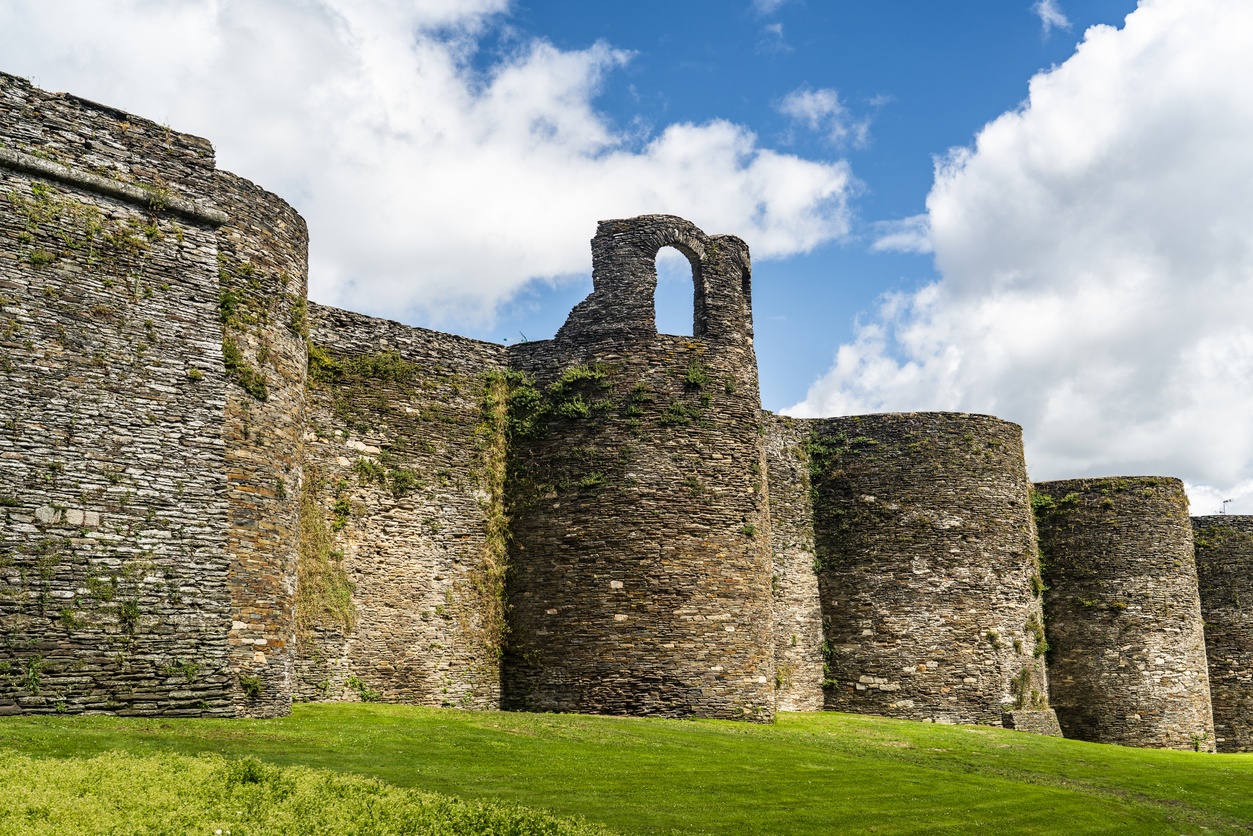
Wall of Lugo (Spain)
The Lugo Wall is an ancient Roman fortification that surrounds the historic center of the city of Lugo, in Galicia, Spain. It was built in the 3rd century AD and is one of the few Roman walls still standing in Europe. The wall is 2 kilometers long and has 10 gates and 85 defensive towers. In its time, it served as protection against invaders and has also been used to control access to the city and to collect taxes. Today, the Lugo Wall is one of the main tourist attractions of the city and was declared a World Heritage Site by UNESCO in 2000.
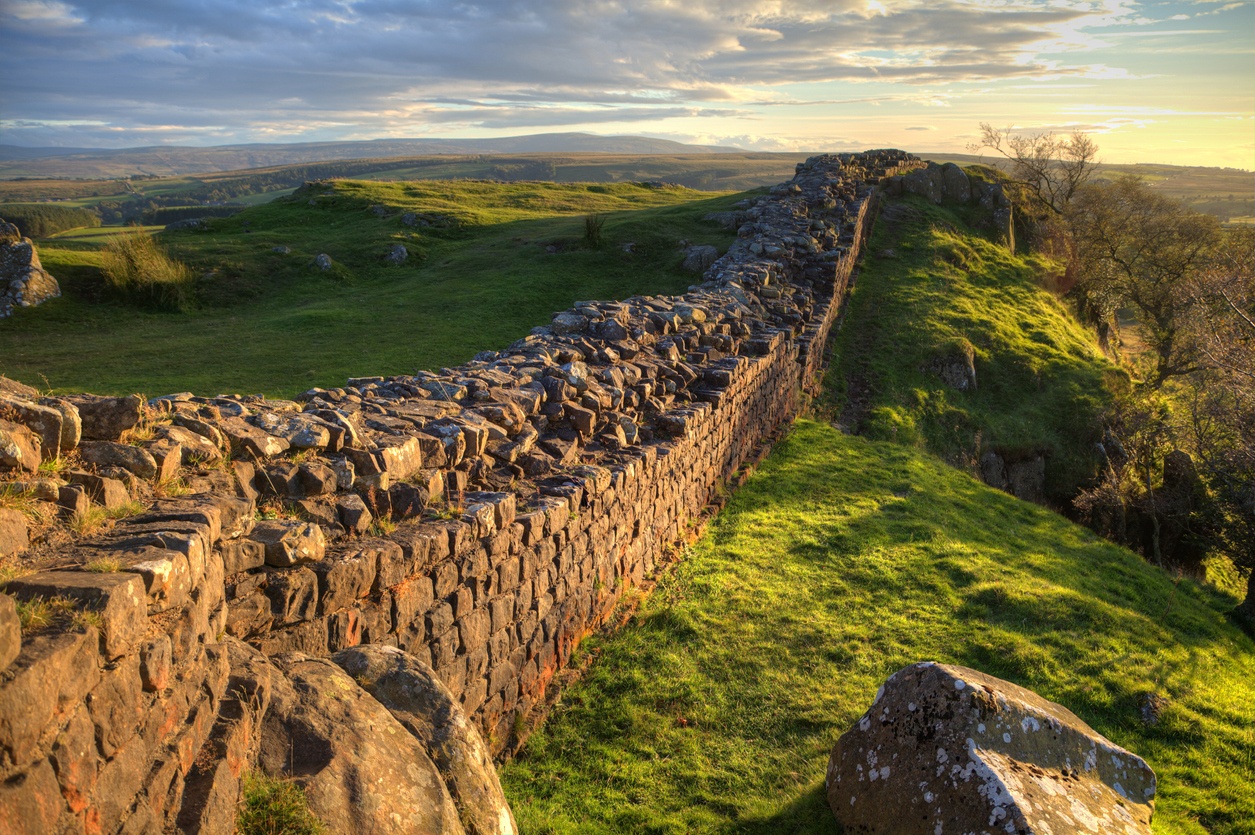
Hadrian’s Wall (United Kingdom)
Hadrian’s Wall is an ancient Roman fortification built in the 2nd century AD across northern England from the River Tyne to the River Solway. It was built by order of the Emperor Hadrian to protect the Roman province of Britain from the barbarian tribes of the north. The wall is about 117 kilometers long and features fortifications, towers, forts and guard posts. In its day, it was an impressive display of Roman engineering and one of the largest construction projects of the time. Today, Hadrian’s Wall is an important cultural and tourist heritage site in the United Kingdom. Many of its fortifications and structures are still standing, and it is possible to tour the wall and visit its historic sites, which include museums and visitor centers. In 1987, it was declared a UNESCO World Heritage Site.
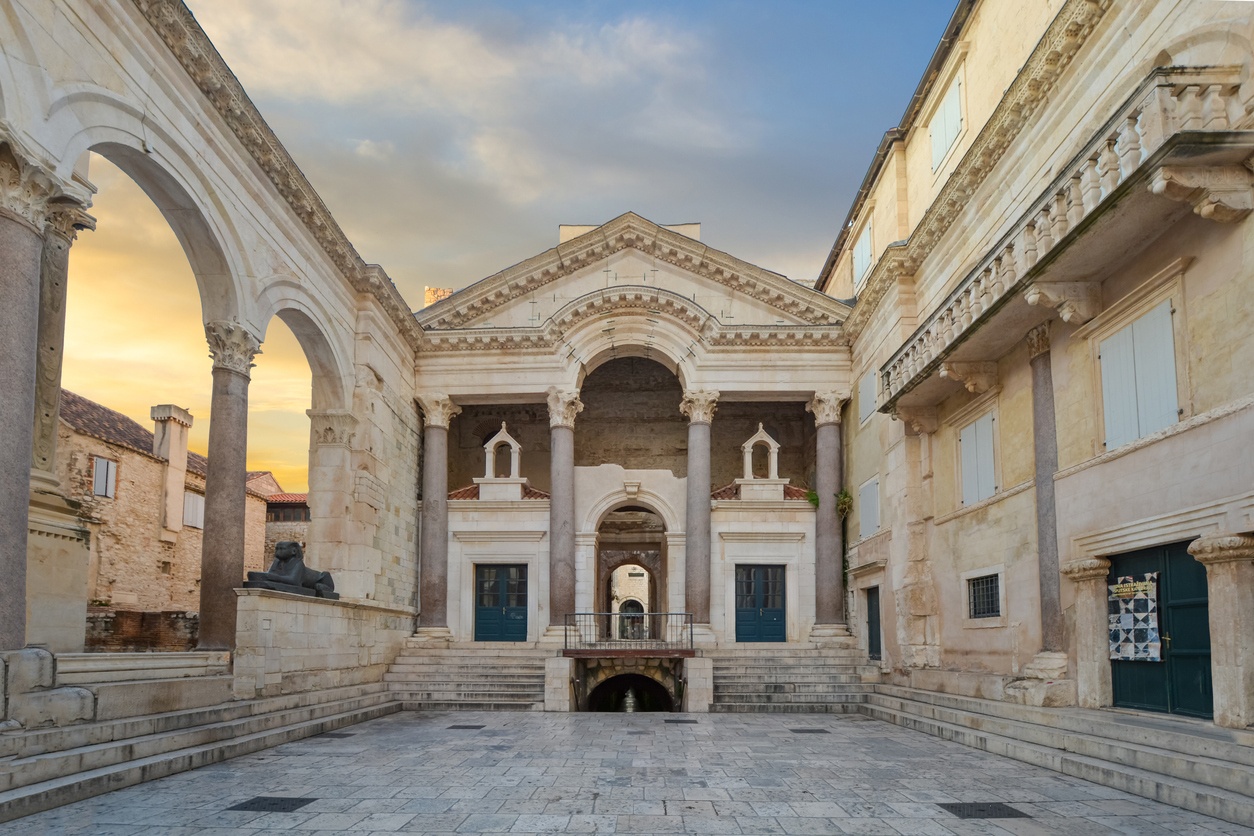
Diocletian’s Palace, Split (Croatia)
Diocletian’s Palace is an impressive Roman architectural complex located in the city of Split, Croatia. It was built in the 4th century AD as the residence of Emperor Diocletian, and is located in the historic center of the city. The palace boasts impressive architecture and is composed of several buildings and courtyards, including the Cathedral of St. Domnius, the Temple of Jupiter and the Mausoleum of Diocletian, which was later converted into a church. Today, Diocletian’s Palace is one of Split’s main tourist attractions and is considered one of the most important examples of Roman architecture in the world. In 1979, it was declared a UNESCO World Heritage Site and is one of the most visited places in Croatia.
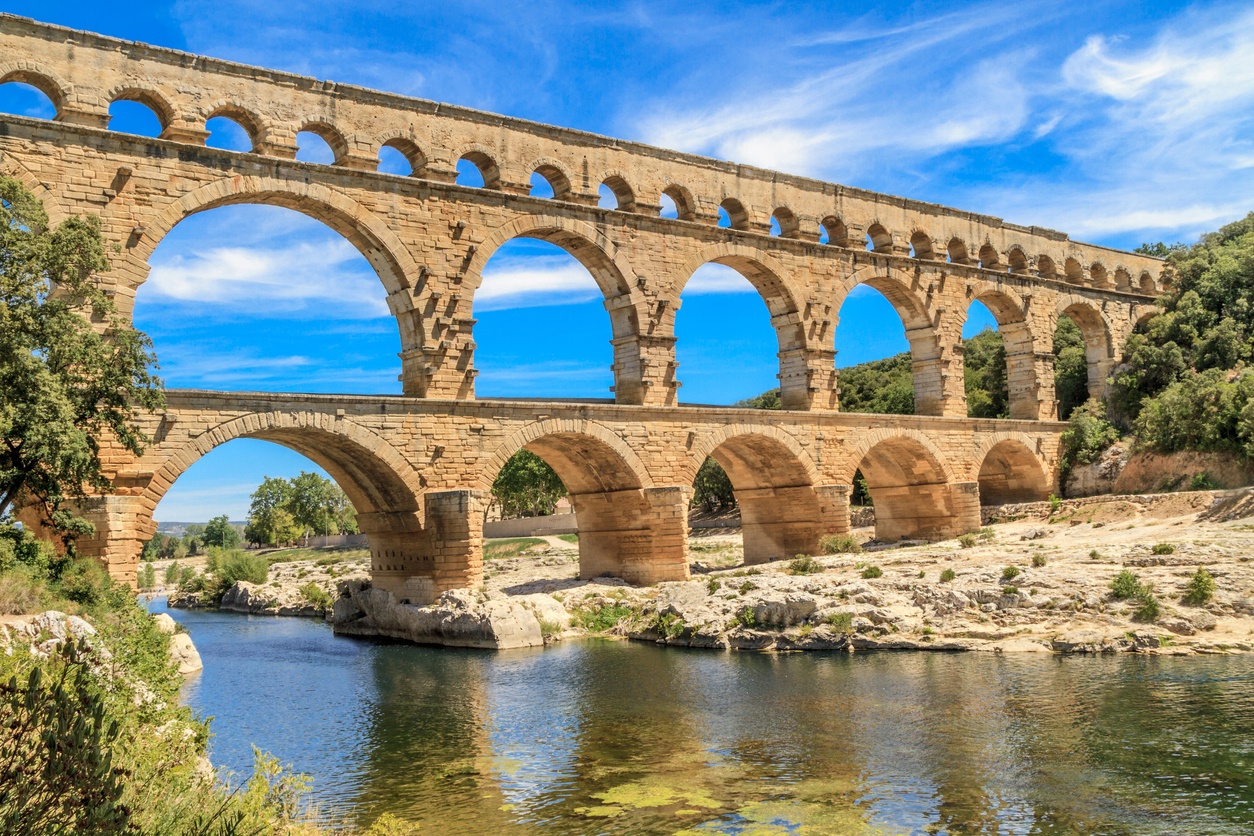
Pont du Gard (France)
The Pont du Gard is an impressive Roman aqueduct located in the Occitania region of France. It was built in the 1st century AD to bring water to the city of Nîmes from the sources of the Eure River. The aqueduct has three levels of arches and a height of 48 meters. It is 275 meters long and was built with large limestone blocks. It is considered one of the greatest achievements of Roman engineering and an important example of the architecture and technology of the time. Today, the Pont du Gard is a major tourist attraction and one of the best-known symbols of the Occitania region. In 1985, it was declared a World Heritage Site by UNESCO and is a popular site for tourists and history buffs.
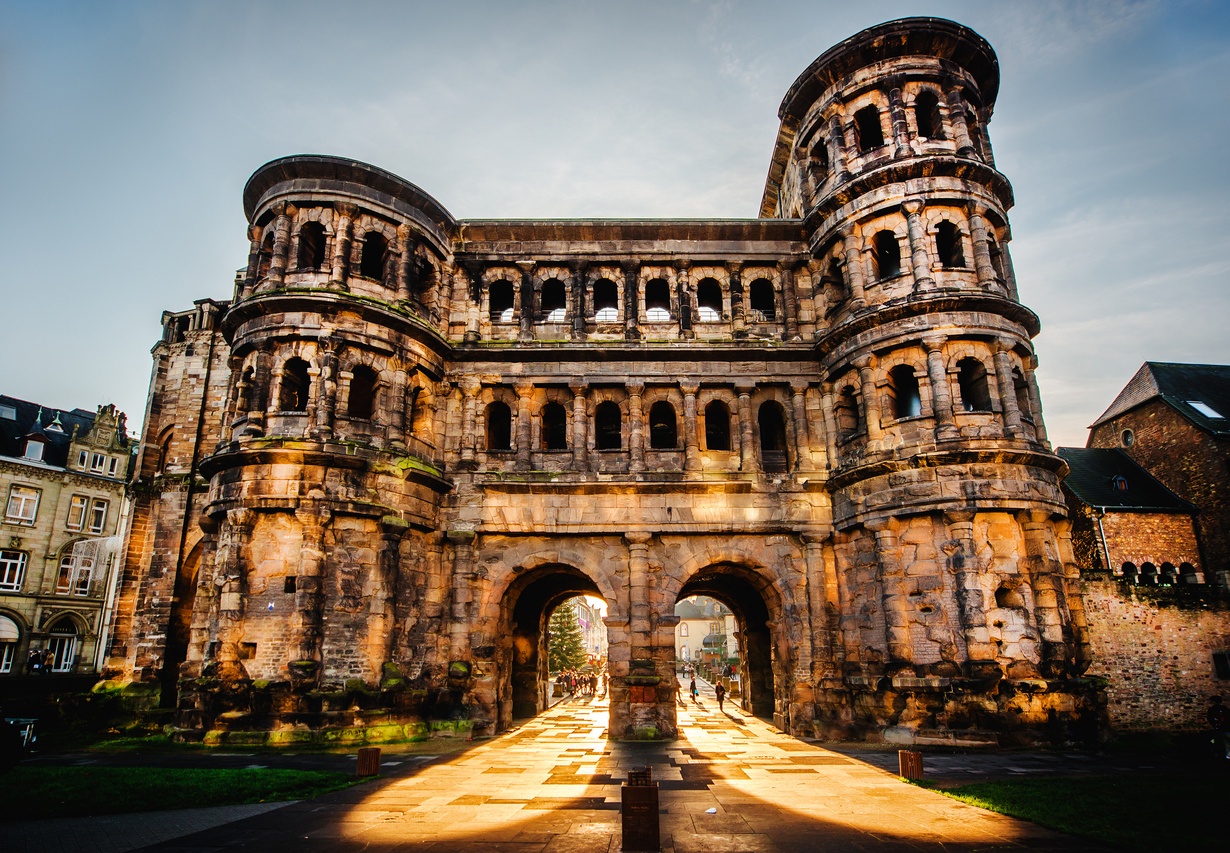
Black Gate, Trier (Germany)
The Black Gate is an impressive Roman triumphal arch located in the city of Trier, Germany. It was built in the 2nd century AD as part of the Roman fortifications protecting the city. The Black Gate has a height of 30 meters and a width of 29 meters. It is built of sandstone and features impressive reliefs and sculptures depicting the history and military exploits of the Roman Emperor Septimius Severus. Today, the Black Gate is one of the main tourist attractions in Trier and is considered one of the best examples of Roman architecture and engineering in Germany. In 1986, it was declared a UNESCO World Heritage Site and is a popular destination for tourists and history buffs.
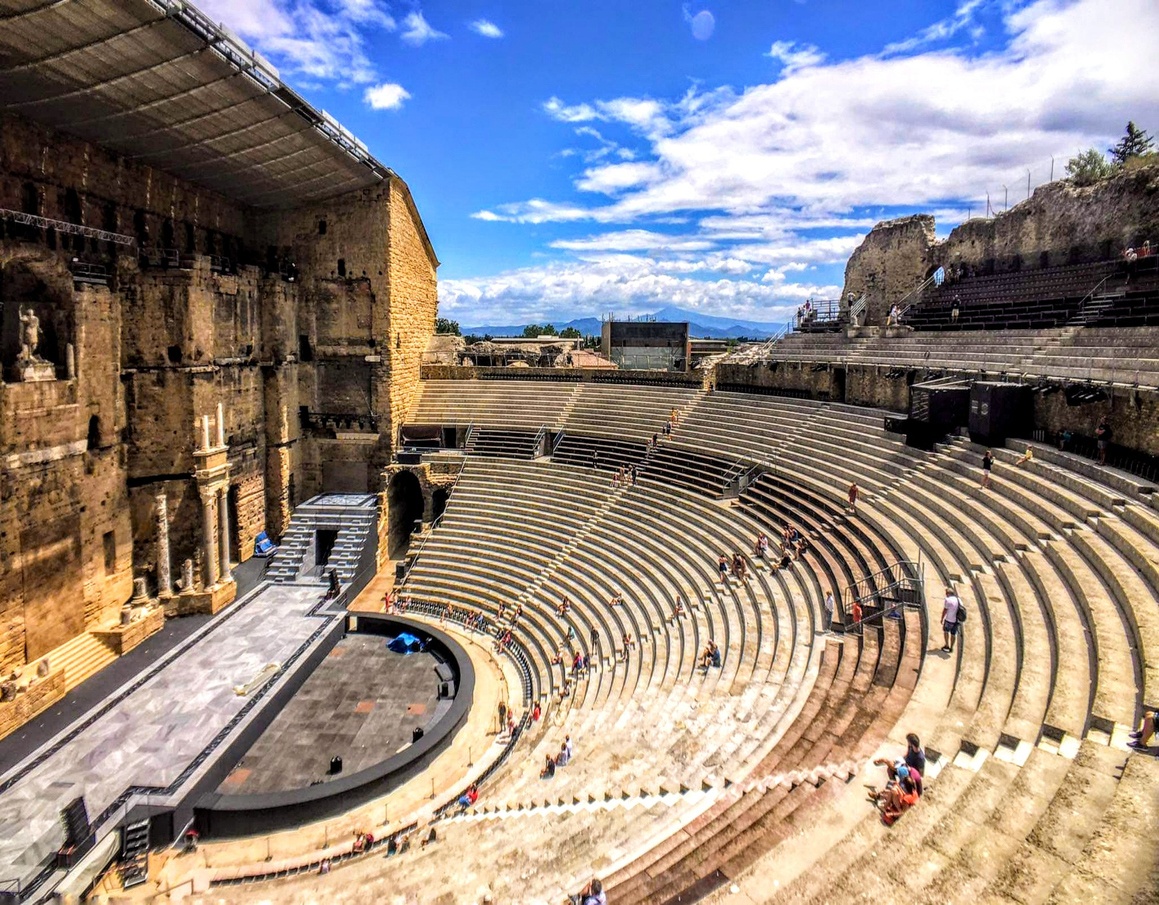
Orange Theater (France)
The Roman Theater of Orange is an impressive Roman amphitheater located in the city of Orange, France. It was built in the 1st century AD and is in an excellent state of preservation. The theater has a capacity to hold more than 10,000 people and is built in limestone. It has an impressive façade and relief sculptures depicting Roman history and mythology. Today, the Roman Theater of Orange is one of the city’s main tourist attractions and is considered one of the best examples of Roman architecture and theater design in Europe. In 1981, it was declared a UNESCO World Heritage Site.
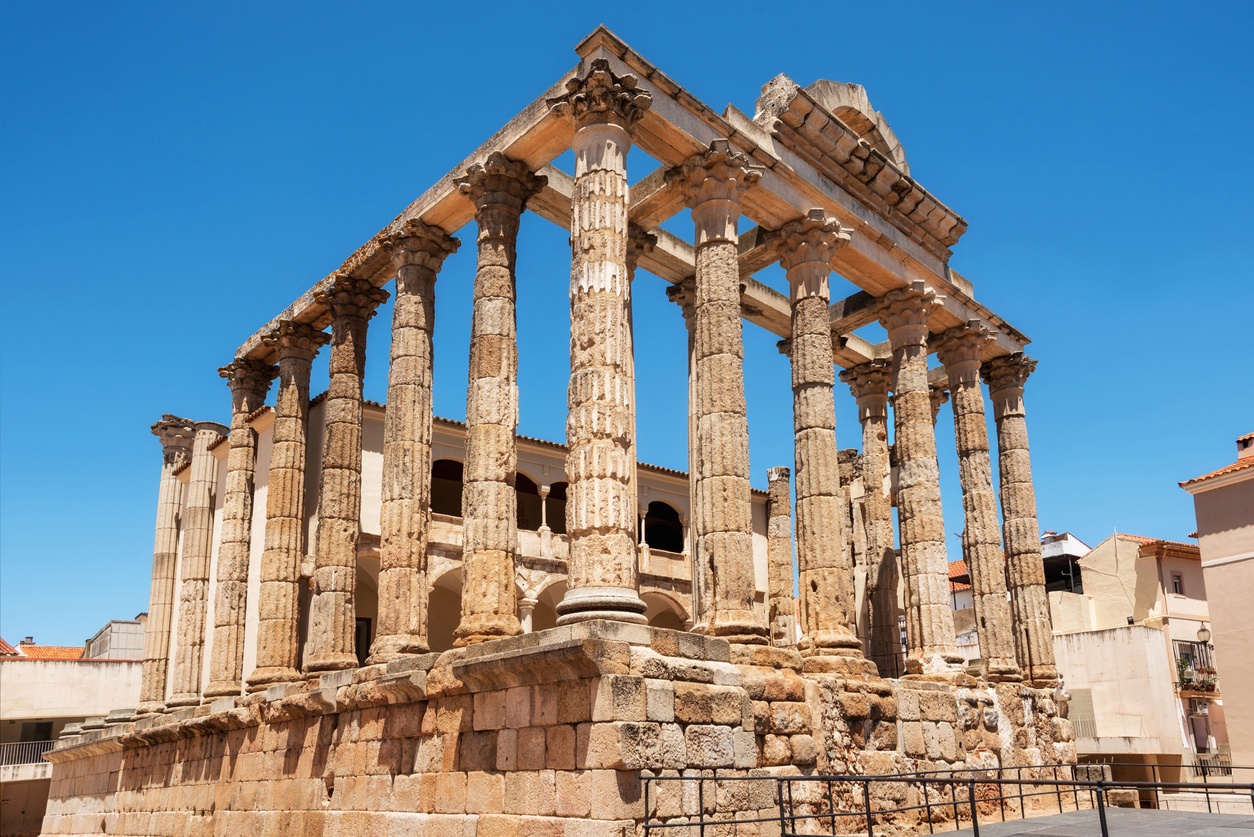
Temple of Diana, Merida (Spain)
The Temple of Diana is an ancient Roman temple located in the city of Merida, Spain. It was built in the 1st century AD as a place of worship for the Roman goddess Diana. The temple has an impressive façade and Corinthian columns that are in an excellent state of preservation. It was originally located in the heart of the Roman forum of Mérida and is considered one of the main examples of Roman architecture in Spain. Today, the Temple of Diana is an important tourist attraction in the city of Merida and is one of the most visited places by tourists and history lovers. In 1993, it was declared a World Heritage Site by UNESCO and is a symbol of Spain’s rich Roman heritage.
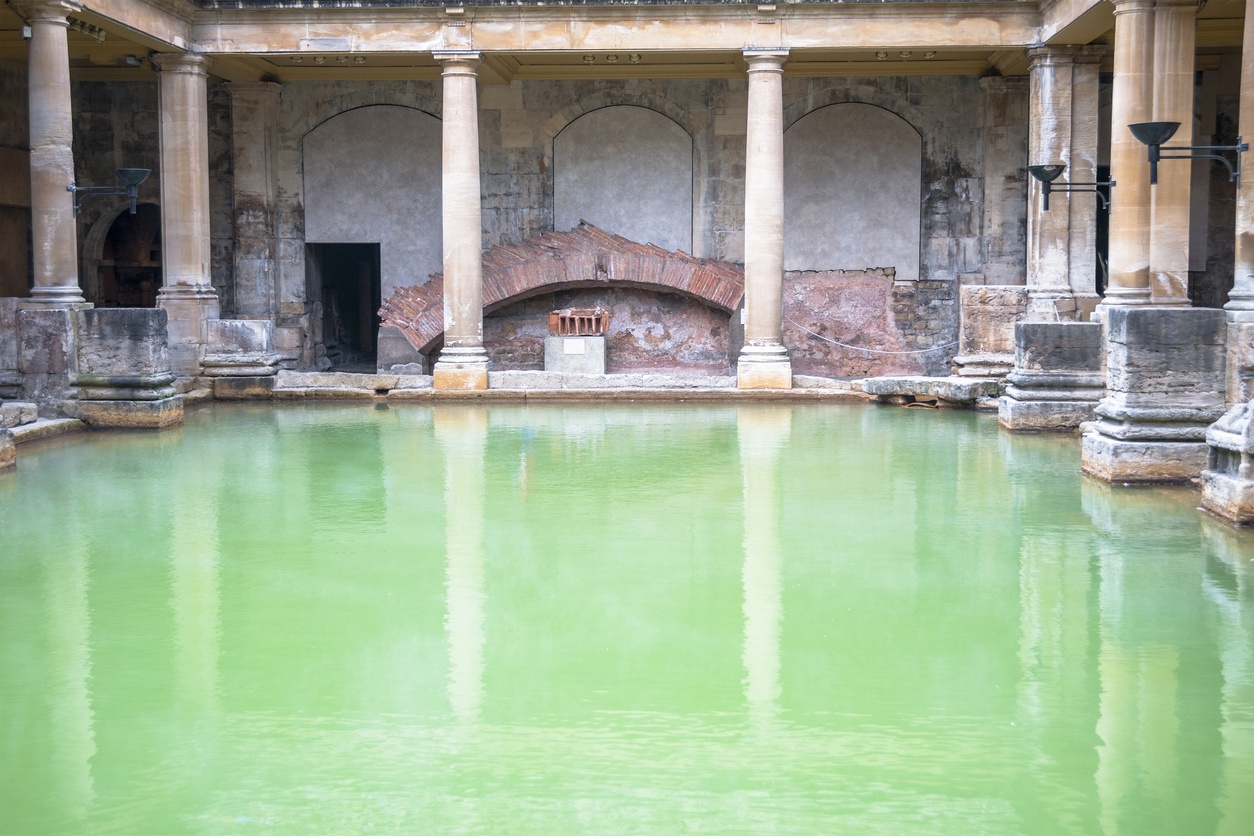
Bath Baths (United Kingdom)
The Bath Baths are a Roman bath complex located in the city of Bath, in southwest England. They were built around the 1st century AD and are considered one of the most impressive and well-preserved examples of Roman architecture in Britain. The baths feature a series of pools, saunas and steam rooms, as well as an impressive reception hall decorated with Roman mosaics and statues. A temple dedicated to the Roman goddess Minerva can also be visited. Today, the Bath Baths are one of the main tourist attractions of the city of Bath and are much visited by tourists and history buffs. In 1987, they were declared a UNESCO World Heritage Site and are an important symbol of Britain’s Roman heritage.
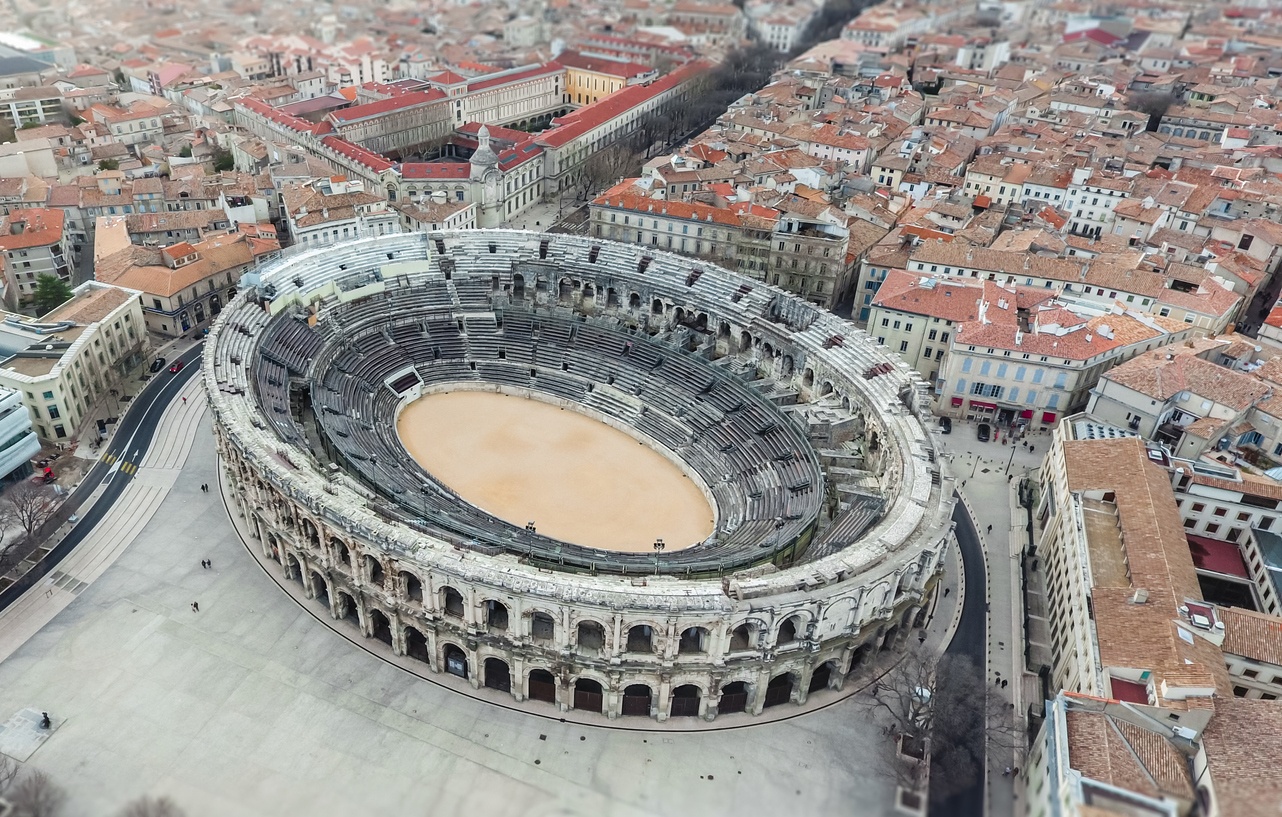
Nimes Amphitheater (France)
The Nimes Amphitheater is an impressive Roman amphitheater located in the city of Nimes, in the south of France. It was built in the 1st century AD and is considered one of the best preserved amphitheaters in Europe. The amphitheater has a capacity for more than 20,000 people and is built in limestone. It has an impressive facade and Corinthian columns at the entrance. Today, the Amphitheater of Nimes is one of the main tourist attractions of the city and is much visited by tourists and history buffs. Numerous events and shows are held in the amphitheater, including concerts and bullfights. In 1981, it was declared a World Heritage Site by UNESCO.
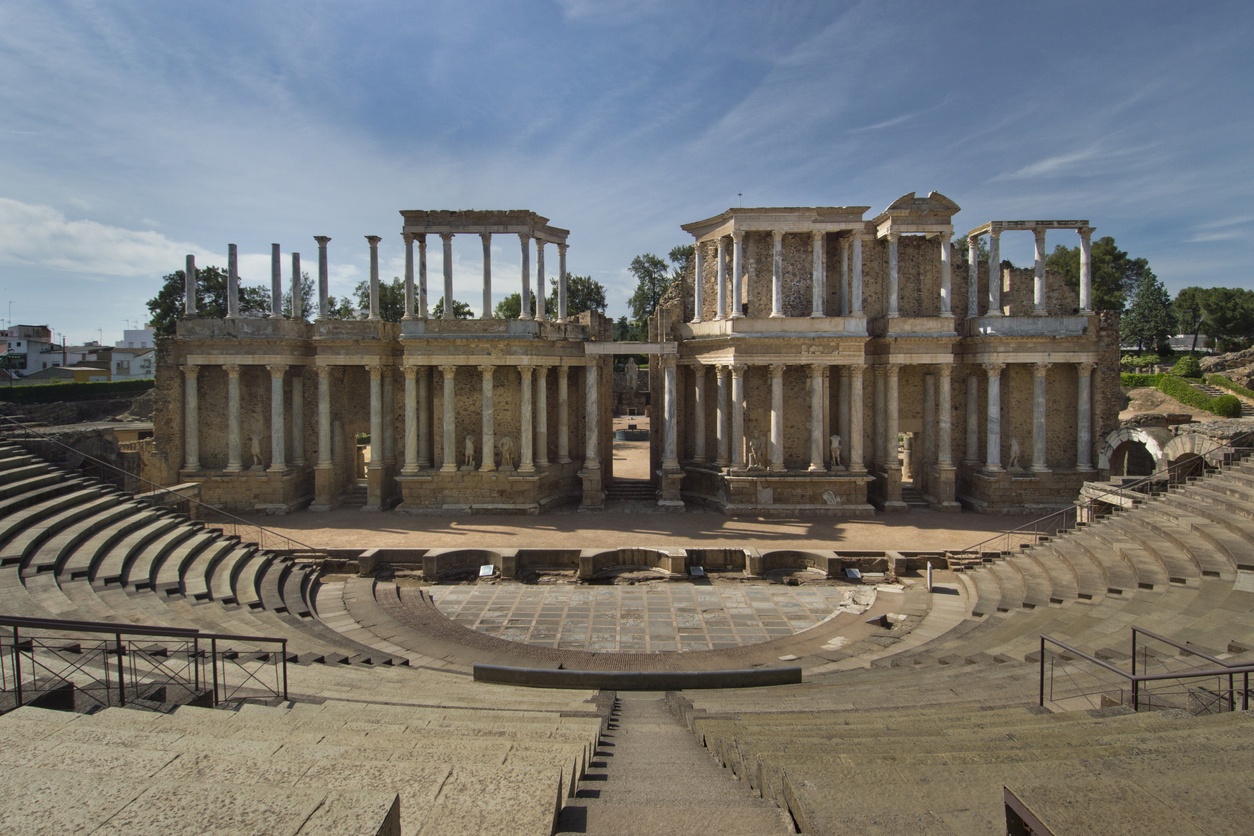
Theater of Merida (Spain)
The Roman Theater of Merida is one of the main tourist attractions of the city of Merida, Spain. Built in the 1st century BC, it is one of the best preserved and largest Roman theaters in the world, with capacity for more than 6,000 spectators. The theater has an impressive façade and stage, with Roman columns and sculptures that have been mostly restored and reconstructed. Shows and performances are held in the theater, and the backstage areas and dressing room area can be visited. In 1993, the Roman Theater of Mérida was declared a World Heritage Site by UNESCO.






